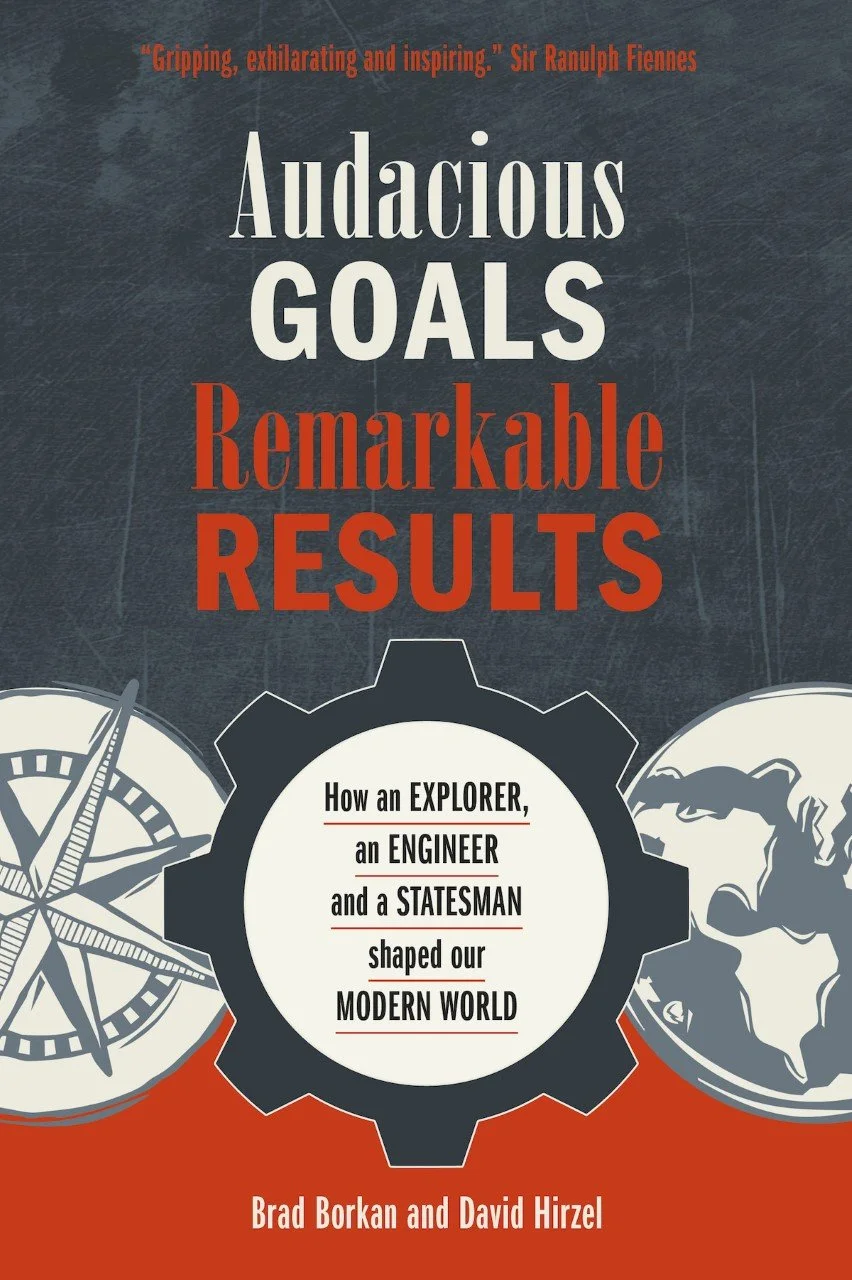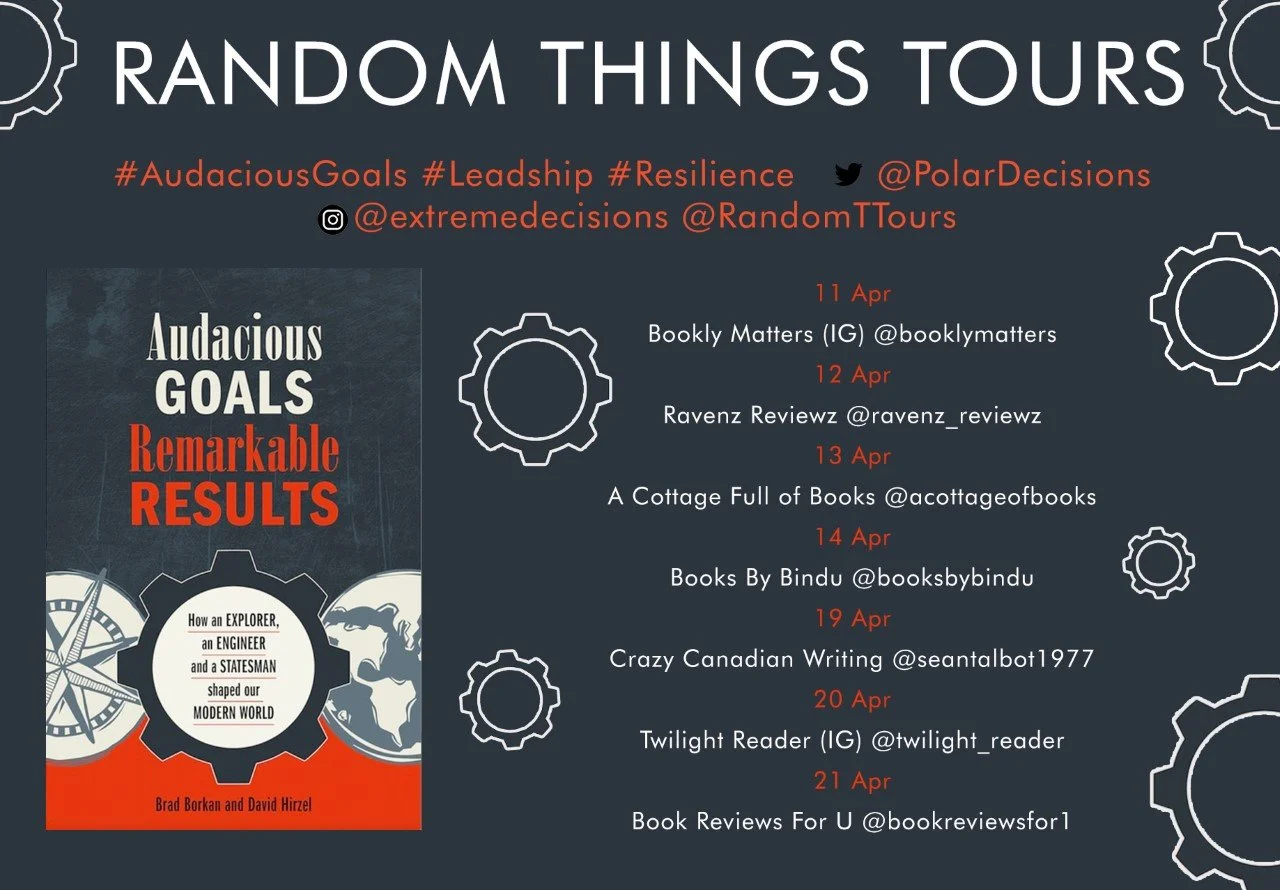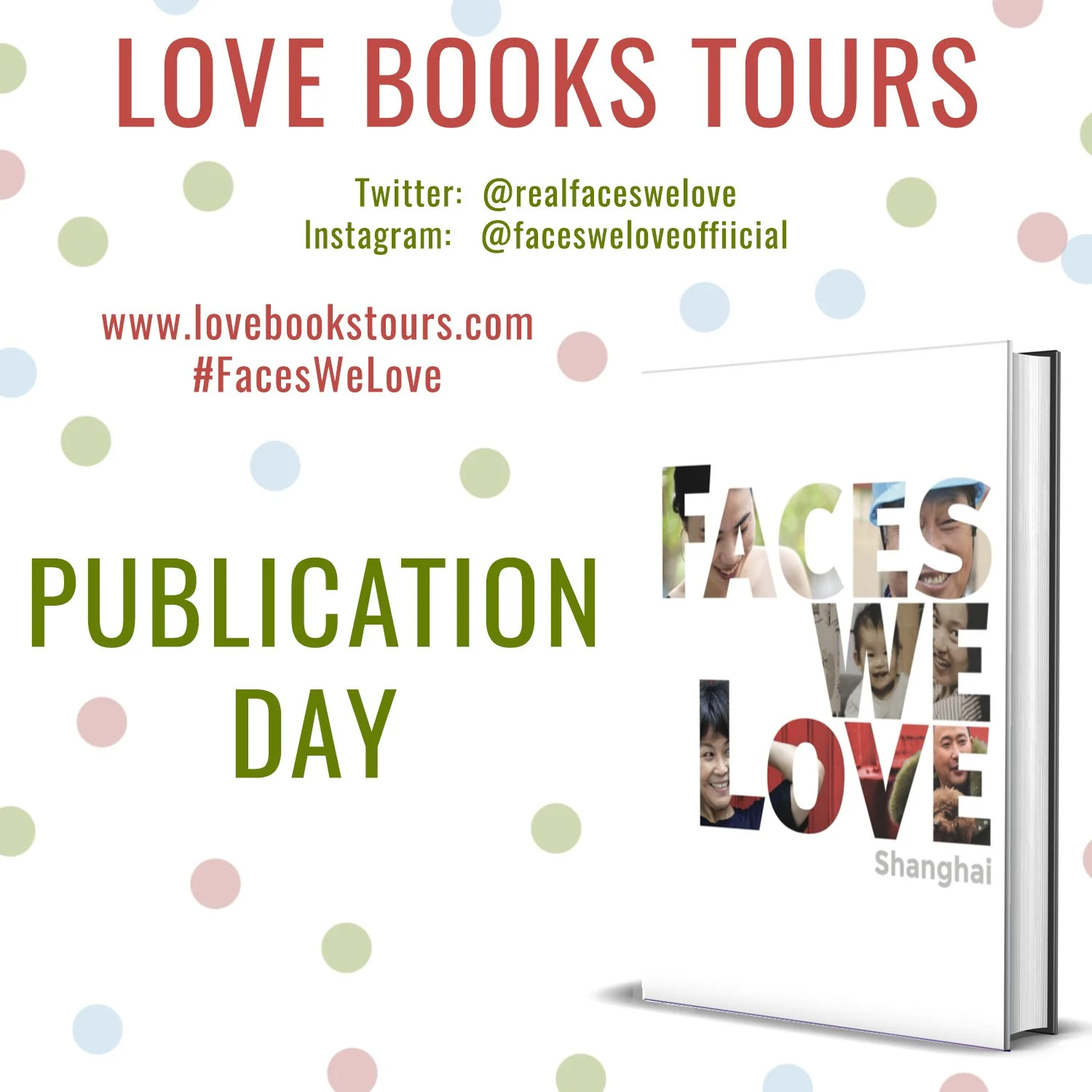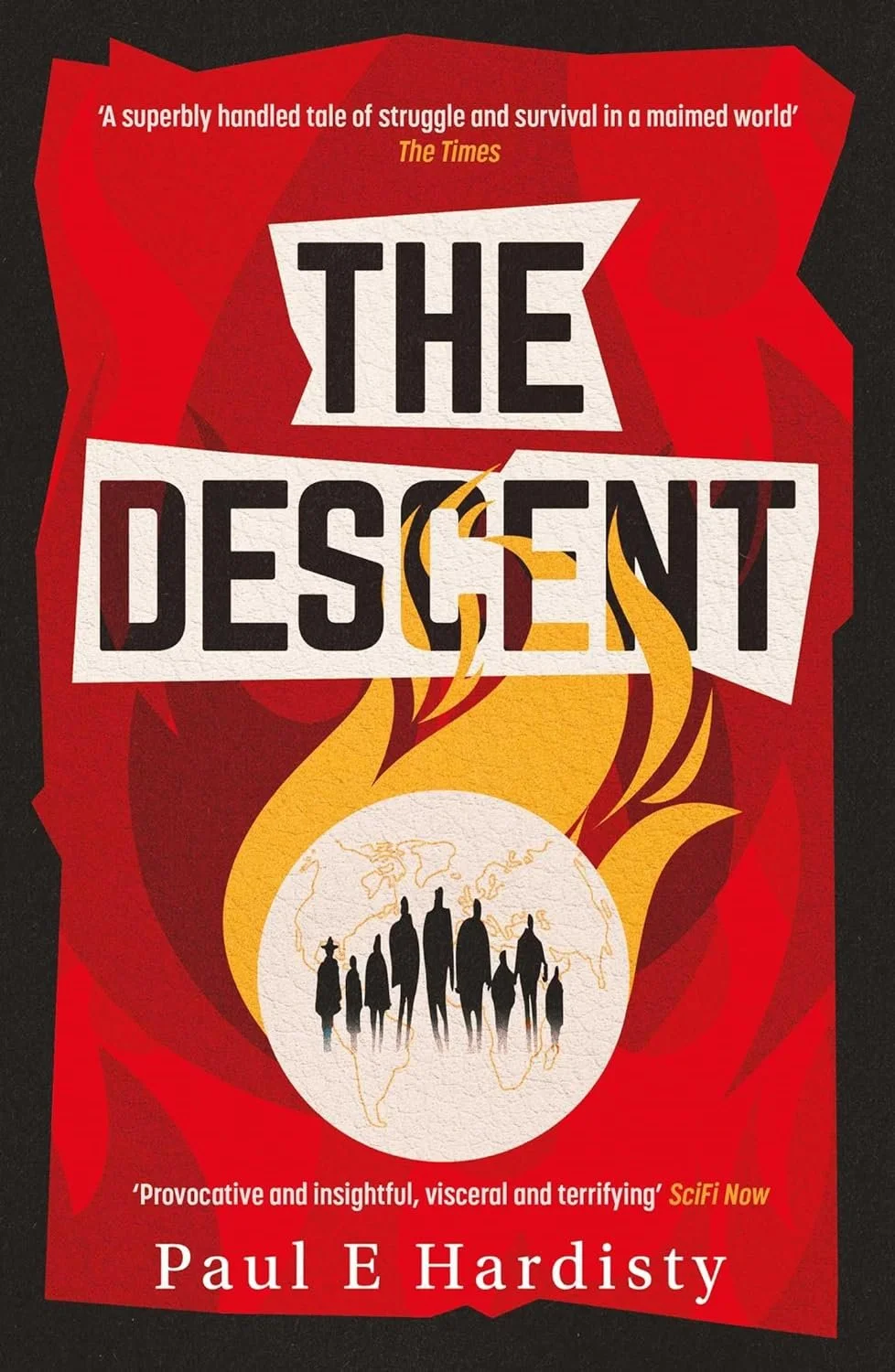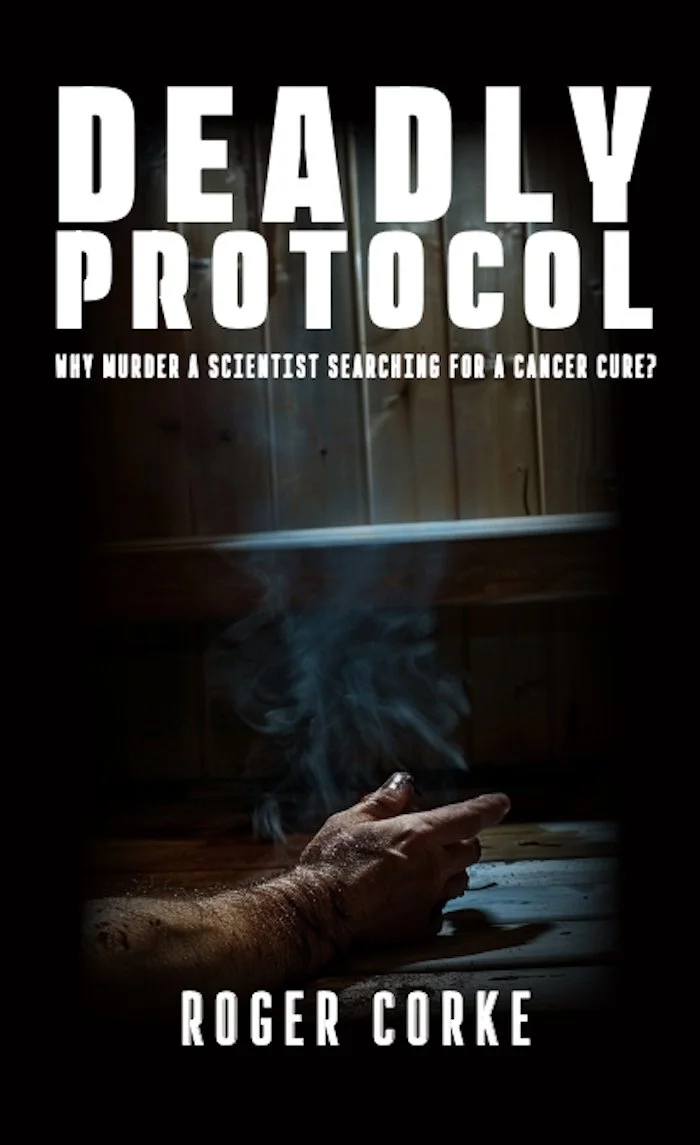Audacious Goals Remarkable Results by Brad Borkan and David Hirzel
"Bullets, blizzards, fires, and floods were all part of a day’s work."
What do you do when someone tells you, “It can’t be done”?
Here is the extraordinary story of three people — an explorer, an engineer and a statesman — who repeatedly proved critics and naysayers wrong.
Roald Amundsen — the Norwegian explorer
Isambard Kingdom Brunel — the greatest engineer the world has ever seen
Teddy Roosevelt — the cowboy turned statesman
Audacious Goals, Remarkable Results reveals the outsized risks and setbacks each faced in their quest to change our world.
Diving into the triumphs that turned these everyday men into legendary champions, this book takes you up close and personal to the hardships and obstacles they encountered in bringing their greatest endeavors to life, including:
· Brunel’s Great Western Railway,
· Amundsen’s quest for the Northwest Passage and the South Pole, and
· Roosevelt’s epic construction of the Panama Canal.
This book is entertaining and fun to read. It shows the compelling nature of the three men and their stories, and puts you in the middle of the fray – revealing the flaws in all of the men and their plans, as each strives valiantly to make the world better.
About the Authors
Brad Borkan is an author and speaker who focuses on teamwork, leadership and decision making. He has traveled to all 7 continents, is a Fellow of the Royal Geographical Society, and has appeared on numerous historical and business-focused podcasts.
David Hirzel is a maritime historian and author. Brad and David have also co-written the award winning book, When Your Life Depends on It: Extreme Decision Making Lessons from the Antarctic, about the life-and-death decisions made by Shackleton and the other early Antarctic explorers.
I'm pleased to be able to share with you an extract from the book.
Prologue: It’s Your Call
Imagine yourself, just twenty-one years old,
in charge of one of the most talked about
projects in the world: digging the first-ever
tunnel beneath a free-flowing river. Not
just any river, but one of the greatest rivers in the world, running through one of the most vibrant and populated cities in Europe.
This tunnel is a vast undertaking. It isn’t just the length of the tunnel that is daunting, or that all previous attempts have failed. It is also the sheer magnitude of the project: the risk, danger, and hard work required to achieve something monumental.
The height and width of the tunnel is large, even by today’s standards. Putting it in perspective, even with all our latest technology, the aperture would be greater in diameter than almost every tunnel ever built, including the Channel Tunnel connecting Britain to France.
Except the year is 1827, and this particular tunnel is being dug by hand, with pickaxes and shovels, through 1,200 feet of the shifting, treacherous, water- sodden sand, silt and gravel of the Thames riverbed in London. Nothing of this magnitude has ever been attempted before. The iron frame within which you and each of the workmen stand is based on a new, never-before- tested building technique. Success rests on your shoulders alone.
The world is watching, fascinated by the sheer scale and audacity of the project. If this tunnel is successful, it will prove the way for similar tunnels to be dug beneath rivers in the world’s other great cities, ultimately improving trade, commerce, and the movement of people.
The exact thickness of the riverbed mud above your head is unknown, but it is not much, at times no more than a few feet at best. An accidental penetration into the river’s channel will flood the tunnel in certain disaster. This is not clean, clear river water but Thames water, which for over 1,000 years has been the sewer of London, toxic beyond belief.
Already, seepage from above is responsible for the workmen’s sickness, blindness, and is even causing death. You are in charge of the digging, and it is affecting your own health as well. The dangers are further compounded by the presence of many visitors paying admission to enter the recesses of the tunnel and watch the work.
Your greatest fear is that the tunnel face will edge too far into the thin layer of riverbed overhead and penetrate the channel above, and that an unstoppable flow of water will pour into the tunnel. If that happens everyone in it—tourists, your workmen, you—will perish. The greatest public works project of your era will, in a matter of minutes, come to a tragic, ignoble end.
On one evening, without the usual paying visitors in the tunnel, the first breach happens. Thames river water begins to drip, then flows—then surges full force—into the tunnel. Louder than a locomotive, the roar of it is literally deafening. You and the other workers run toward the open end of the tunnel leading to the riverside, desperately climbing the stairs there to safety. You follow them up, but stop.
This is your tunnel. These are your workers.
One of the older workers who didn’t make it to the staircase in time is thrashing about in the fast-rising water, struggling to keep his head above the flood. Ignoring your own instinct to save yourself, you grab a rope, slide down to the rising water on an iron pole, tie the rope around his waist, and hoist him up.
Remarkably, all of you survive the crisis. Will you be so lucky next time?
You know for certain there will be more breaches. The next one will happen when the tunnel is longer, when you and your workers will be even farther away from safety. The next breach will be deadly for certain.
Do you continue the work? It’s your call.
This was a real event faced by a real twenty-one-year-old engineer. What he did next may surprise you.

